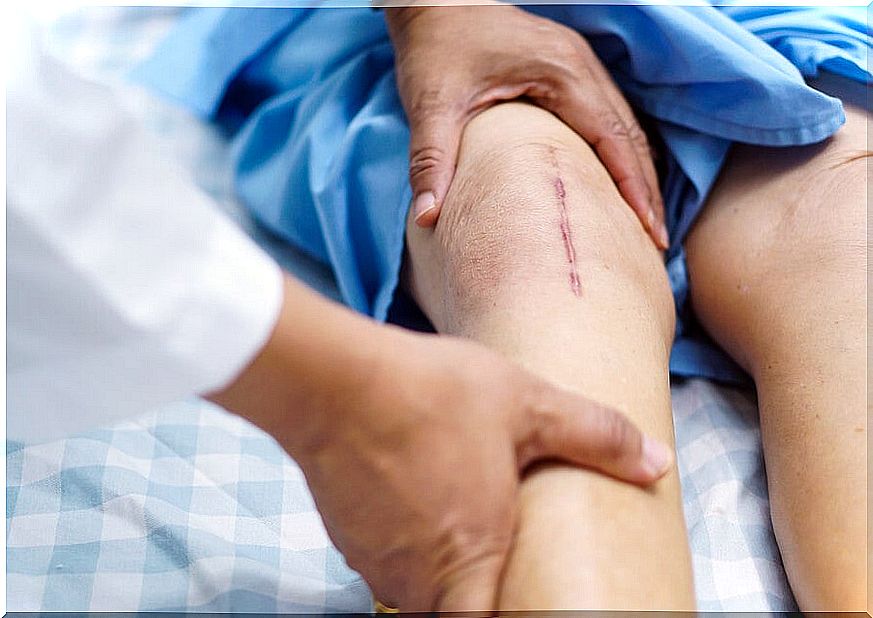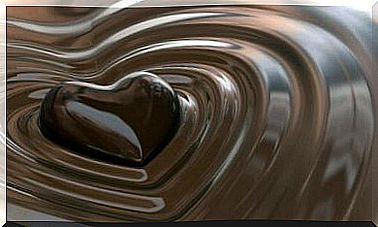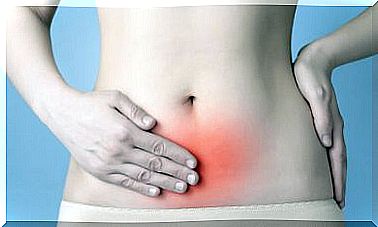What Is Arthroscopy?
Arthroscopy is a test that has revolutionized medicine, especially in the field of trauma. It is a small surgery that allows the diagnosis of numerous injuries that affect the joints.
In fact, it not only allows diagnosis, but is currently also used for the treatment of certain pathologies. This technique was invented in Japan and was originally reserved for the knee joint.
However, with advances in technology, arthroscopy has improved and today it can be used in almost any joint. For example, it is used to take biopsies of the knee, repair a shoulder that tends to dislocate continuously, and so on.
Due to its importance and usefulness, in this article we explain everything you need to know about arthroscopy, what it consists of and what it is usually used for in current medicine.
What is arthroscopy?
Arthroscopy is classified within surgical techniques, since to perform it, small incisions must be made around the joint to be worked on. These incisions are necessary to place all the instruments that allow visualization of the joint without having to open it completely. For example, tweezers and a camera are often inserted to obtain images of the interior.
That is, arthroscopy is a minimally invasive surgery. Its main objective is to be able to see the inside of any joint without the need for open surgery. This enables surgical complications to be greatly reduced.

The main advantage of this technique is, first, that the patient does not need to be fully anesthetized. Using a local anesthetic in the area to be handled is usually sufficient. In addition, the recovery is much faster than in conventional surgery.
Similarly, arthroscopy greatly reduces the risk of infections that occur through surgical wounds. Although it may seem the opposite, it allows a better view of the joint, due to the use of the camera and the lighting.
The arthroscope is the name for the small camera that is inserted. The procedure is simple, the first thing is to properly disinfect the area. After this, the patient is anesthetized and the relevant incisions are made to introduce the material that is needed.
What is arthroscopy used for?
Although, as we have mentioned, its main use is in the knee, arthroscopy is used in other joints, such as shoulder or hip. It is often used only to confirm a diagnosis, but it can also be used to sample the interior of the joint.
Joint biopsies make it possible to differentiate certain diseases that are sometimes difficult to diagnose. For example, rheumatoid arthritis or some types of tumors. In addition, arthroscopy is used for the treatment of certain pathologies, such as:
- Ligament and tendon repair. In fact, it is a technique that is making great strides in the repair of meniscus injuries.
- In the shoulder, it is usually used to prevent dislocations in those who suffer them repeatedly.
- It can help treat certain arthritis, which is inflammation of the joint. Specifically, arthroscopy is very useful in those that have an infectious origin.
- It can be used in certain bone fractures or to remove cysts.

Is recovery needed after performing it?
Like any other type of intervention, arthroscopy requires some aftercare to avoid complications. However, it must be emphasized again that recovery is much faster than in conventional surgery.
First, it is often recommended to apply ice to the area to reduce inflammation. In addition, if some type of bandage or compress is placed on the incision, it is necessary to avoid getting it wet. Most likely, the doctor will call you in for a wound check a couple of days later.
In conclusion
Arthroscopy is a relatively modern technique that allows visualization of the inside of the joints. It is very useful both for the diagnosis and for the treatment of numerous joint pathologies.









